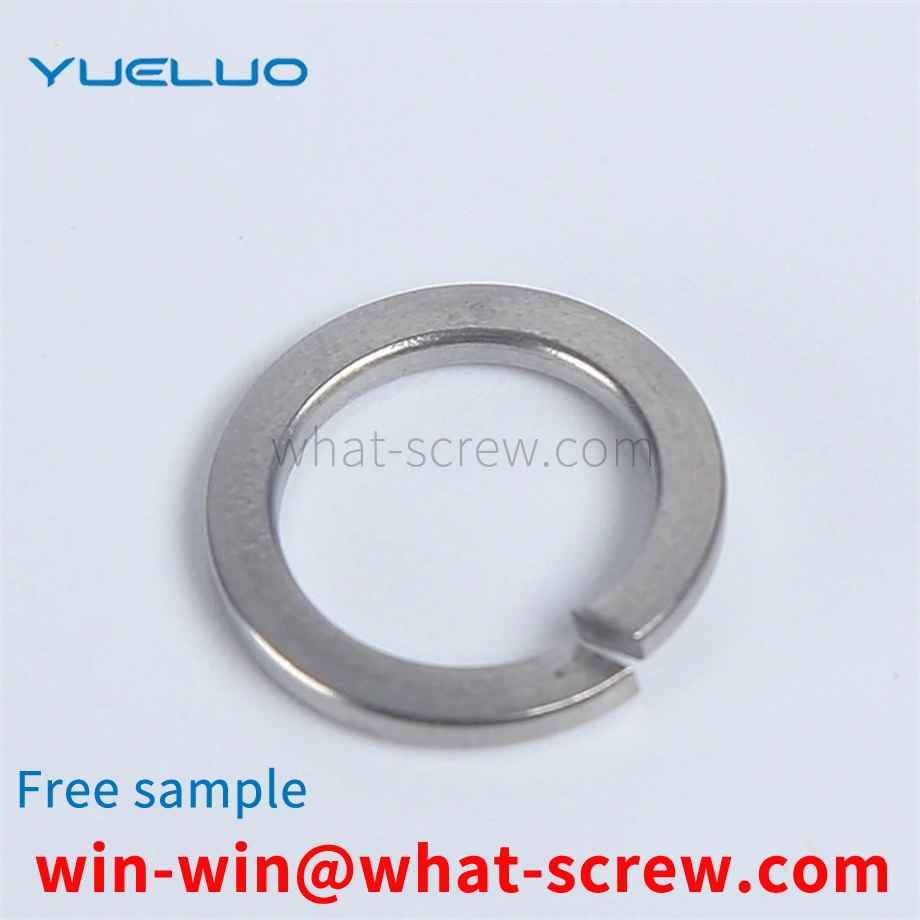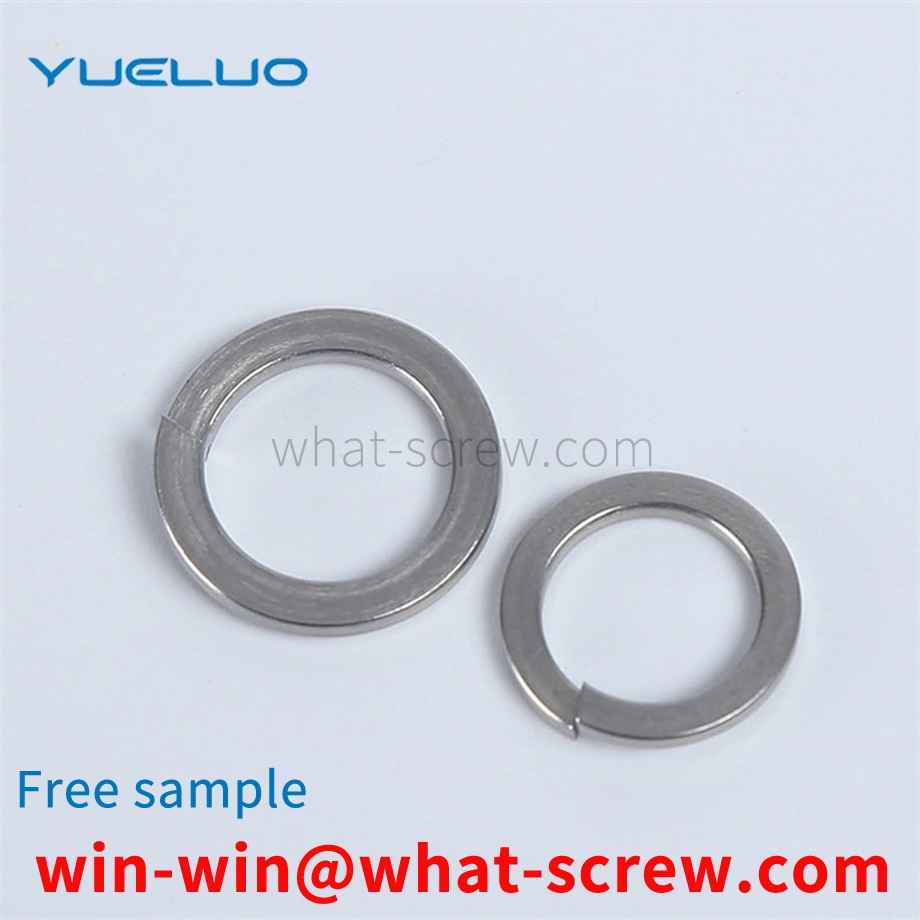rivet is a nail-shaped object used to join two parts or components with a through hole and a cap on one end. In riveting, the riveted parts are connected by their own deformation or interference. There are many types of rivets, and they are not limited to the form. The existing switch is not easy to fix, and needs to be supported by others during installation, which leads to waste of labor, and at the same time, it is easy to damage the hands of the supporting personnel. The existing device driving method is relatively laborious. Some devices require rivets of different lengths in different thicknesses, and cannot be assembled by themselves of the same type.
series of nuts are known in the prior art, generally comprising an internal thread which can be threaded onto the external thread of a screw of corresponding design, or a threaded bolt. Nuts of the described type are used, for example, as nuts for fastening screw-like cable connections in conduits of sheet metal housings. Sheet metal housings of this type typically have walls so thin that they cannot be threaded, so a threaded connection of this type is required to complete the installation.
Wood screws, one of which is a polished rod, the angle and pitch of the teeth of the wood screws and self-tapping are different. Self-tapping screws have high hardness, wide thread spacing, deep threads, and uneven surface, while wood screws are the opposite. Another difference is more obvious. Wood screws have no threads at the rear. Self-tapping screws are generally subject to heat treatment, and wood screws are not required. The concept of self-tapping screws is actually very general, because there are many kinds of them according to different head types. Use of wood screws: Similar to machine screws, but the thread on the screw is a special rib for wood screws, which can be directly screwed into wooden components (or parts).
The quality of electroplating is measured primarily by its corrosion resistance, followed by appearance. Corrosion resistance is to imitate the working environment of the product, set it as the test condition, and perform a corrosion test on it. The quality of electroplating products shall be controlled from the following aspects: 1. Appearance: Partial uncoated, scorched, rough, gray, peeling, crusted, and obvious stripes are not allowed on the surface of the product, and pinholes, pitting, and black plating are not allowed. Slag, loose passivation film, cracks, peeling off and serious passivation marks. 2. Coating thickness: The operating life of fasteners in corrosive atmosphere is proportional to its coating thickness. The general recommended thickness of economical electroplating coating is 0.00015in ~ 0.0005in (4 ~ 12um). Hot-dip galvanizing: the standard average thickness is 54 um (43 um for diameter ≤ 3/8), and the minimum thickness is 43 um (37 um for diameter ≤ 3/8). 3. Coating distribution: With different deposition methods, the aggregation method of the coating on the surface of the fastener is also different. During electroplating, the coating metal is not uniformly deposited on the peripheral edge, and a thicker coating is obtained at the corners. In the threaded portion of the fastener, the thickest coating is located on the thread crest, gradually thinning along the flank of the thread, and the thinnest deposit is at the bottom of the thread, while hot dip galvanizing is just the opposite, the thicker coating is deposited on the inside corners and On the bottom of the thread, mechanical plating tends to deposit the same metal as hot-dip plating, but is smoother and has a much more uniform thickness over the entire surface [3]. 4. Hydrogen embrittlement: During the processing and processing of fasteners, especially in the pickling and alkali washing before plating and the subsequent electroplating process, the surface absorbs hydrogen atoms, and the deposited metal coating then traps hydrogen. When the fastener is tightened, the hydrogen is transferred towards the most stressed parts, causing the pressure to build up beyond the strength of the base metal and producing microscopic surface cracks. Hydrogen is particularly active and quickly seeps into the newly formed fissures. This pressure-rupture-penetration cycle continues until the fastener breaks. Usually occurs within a few hours after the first stress application. To eliminate the threat of hydrogen embrittlement, fasteners are heated and baked as soon as possible after plating to allow hydrogen to seep out of the plating, typically at 375-4000F (176-190C) for 3-24 hours. Since mechanical galvanizing is non-electrolyte, this virtually eliminates the threat of hydrogen embrittlement, which exists in galvanizing using electrochemical methods. In addition, due to engineering standards, it is forbidden to hot-dip galvanize fasteners with hardness higher than HRC35 (Imperial Gr8, metric 10.9 and above). Therefore, hydrogen embrittlement rarely occurs in hot-dip plated fasteners. 5. Adhesion: Cut or pry off with a solid tip and considerable pressure. If, in front of the blade tip, the coating peels off in flakes or skins, exposing the base metal, the adhesion shall be considered insufficient.
leak-proof combined gasket relates to a gasket and solves the problem of short service life of the existing gasket. The combined gasket comprises: an O-shaped sealing ring, which is an annular sealing ring with an outer diameter of D and an inner diameter of E. The section diameter is A; the steel outer ring is a steel flat annular outer ring, which is sleeved on the outer surface of the O-ring, the inner diameter is F, and F=D, the thickness is B, B=0.785A ;The steel inner ring is a steel flat annular inner ring, embedded in the inner surface of the O-ring, the outer diameter is G, and G=E; the thickness is C, and C=B. When the O-ring in the combined washer is pressed by the bolt for sealing, it is positioned between the steel outer ring and the steel inner ring, and is protected by both of them, so that the tightening torque of the bolt can be reduced at least Double the sealing performance without reducing the sealing performance, extending the service life of the thread and reducing the production cost.
We have many years of experience in the production and sales of screws, nuts, flat washers, etc. The main products are: stainless steel flat head screws, locking flat washers, national standard slider nuts, bearing positioning pins and other products, we can provide you with suitable fastening products piece solution.



















 Service Hotline
Service Hotline




